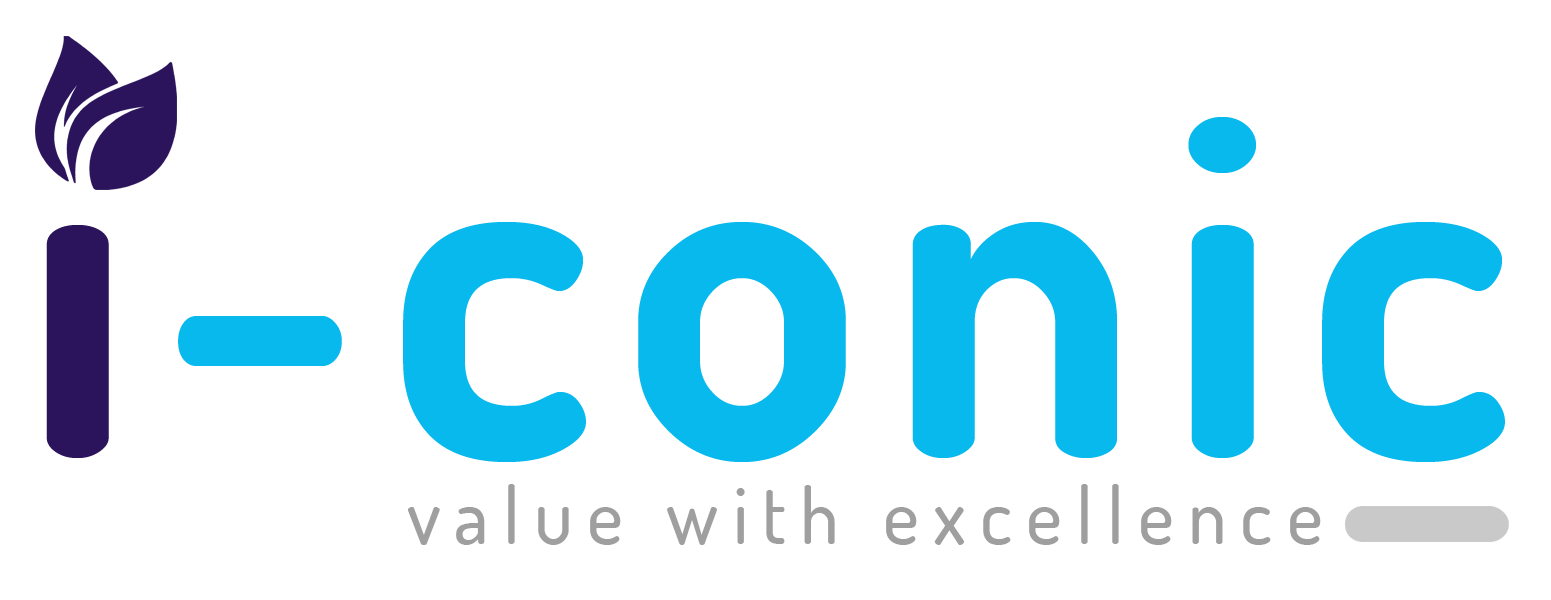Overview
Many medical practices take a reactive approach to revenue management, addressing issues only after financial losses occur. Whether it’s missed appointments, claim denials, or coding errors, these problems don’t develop overnight—and they certainly won’t resolve quickly.
The solution lies in proactivity: implementing preventative measures before revenue leakage occurs. Fortunately, protecting your practice’s financial health may be more straightforward than you imagine.
Recent years have witnessed unprecedented revenue declines across medical practices. Healthcare providers increasingly struggle to maintain consistent revenue streams and identify sources of financial leakage. Let’s examine the primary reasons medical practices experience revenue dips and explore effective prevention strategies.
Top Reasons for Revenue Loss in Medical Practices
- Ineffective Claim Denial ManagementFinancial stability depends heavily on mitigating claim denials. Statistics show approximately 10% of medical claims face denial annually—with a staggering 86% of these denials being preventable. To safeguard revenue:
- Track submitted claims consistently
- Train administrative staff on accurate initial information entry
- Develop protocols for handling rejections efficiently
While individual rejected claims might seem insignificant, their cumulative impact can substantially damage your financial bottom line.
- High No-Show RatesThe healthcare industry loses approximately $150 billion annually to missed appointments, with each no-show costing providers around $200. To minimize this revenue leakage:
- Implement automated reminder systems (calls, texts, emails)
- Establish clear policies regarding missed appointments
- Consider confirmation requirements for high-value appointments
- Inaccurate Medical Coding PracticesPrecise coding plays a crucial role in preventing claim denials and maintaining healthy billing margins. Miscoding services, supplies, or bundled treatments directly impacts revenue. One family practice lost $185,000 in a single year because coding errors affected over 70% of their claims.
- Productivity ShortfallsLosing even one fee-per-service daily could result in annual revenue losses up to $15,000. Productivity issues often stem from:
- Underutilized EHR systems
- Excessive documentation requirements
- Inefficient scheduling practices
- Extended patient visits due to complex needs
Optimizing patient flow and operational efficiency can significantly reduce these losses.
- Staffing ImbalancesBoth overtime expenditures and overstaffing can dramatically impact your practice’s revenue. Practices consistently paying overtime might benefit economically from hiring additional staff. Conversely, overstaffing creates unnecessary payroll expenses with minimal output. Strategic staffing management maintains financial equilibrium.
- Internal Theft and EmbezzlementUnmonitored supply theft or financial embezzlement can steadily drain practice profits. Implementing regular inventory checks and appropriate oversight helps prevent these insidious losses.
- Outdated Fee SchedulesOperating with outdated fee schedules directly impacts revenue. Aligning with the resource-based relative value scale (RBRVS) established by CMS ensures your fees meet current standards, preventing unnecessary losses from service underbilling.
Effective Solutions to Prevent Revenue Loss
- Comprehensive Revenue Cycle Management (RCM)RCM represents a systematic approach that optimizes billing processes to prevent revenue leakage. With efficient RCM implementation, medical practices ensure accurate coding, minimize denials, and streamline collections. According to HFMA, practices utilizing robust RCM strategies can reduce accounts receivable days by up to 30%.
- Strategic Appointment Scheduling SystemsTo combat revenue loss from no-shows, leverage sophisticated scheduling software with automated reminder capabilities via SMS or phone calls. MGMA research indicates no-shows cost practices approximately $150,000 annually, making efficient scheduling systems a critical investment.
- Integrated Patient Payment SolutionsModern patient payment platforms can enhance collection rates by up to 20%. Offering diverse online payment options facilitates easier, faster transactions while supporting healthier cash flow through reduced unpaid balances.
- Automated Claims ManagementEfficient claims processing systems ensure timely, accurate submissions, preventing revenue loss from delayed or denied claims. The American Medical Association reports that 20% of claims face initial denial, underscoring the importance of sophisticated claims management to avoid financial strain.
- Consistent KPI MonitoringTracking key performance indicators like accounts receivable aging and collection rates provides ongoing insight into financial performance. Research demonstrates that practices regularly monitoring financial KPIs can improve overall performance by 10-20%.
- Strategic Cost ManagementRegular assessment of operational processes helps identify optimization opportunities without compromising care quality. Efficient resource allocation preserves revenue while maintaining service standards.
- Continuous Staff Training and DevelopmentWell-trained staff significantly reduces costs by improving coding accuracy and minimizing administrative errors. Regular training programs focused on billing practices and patient communication help prevent revenue-related issues before they develop.
By implementing these proactive strategies, medical practices can safeguard their financial health while continuing to deliver exceptional patient care. The key lies not in reacting to problems after they’ve impacted your bottom line, but in establishing systems that prevent revenue leakage from occurring in the first place.






